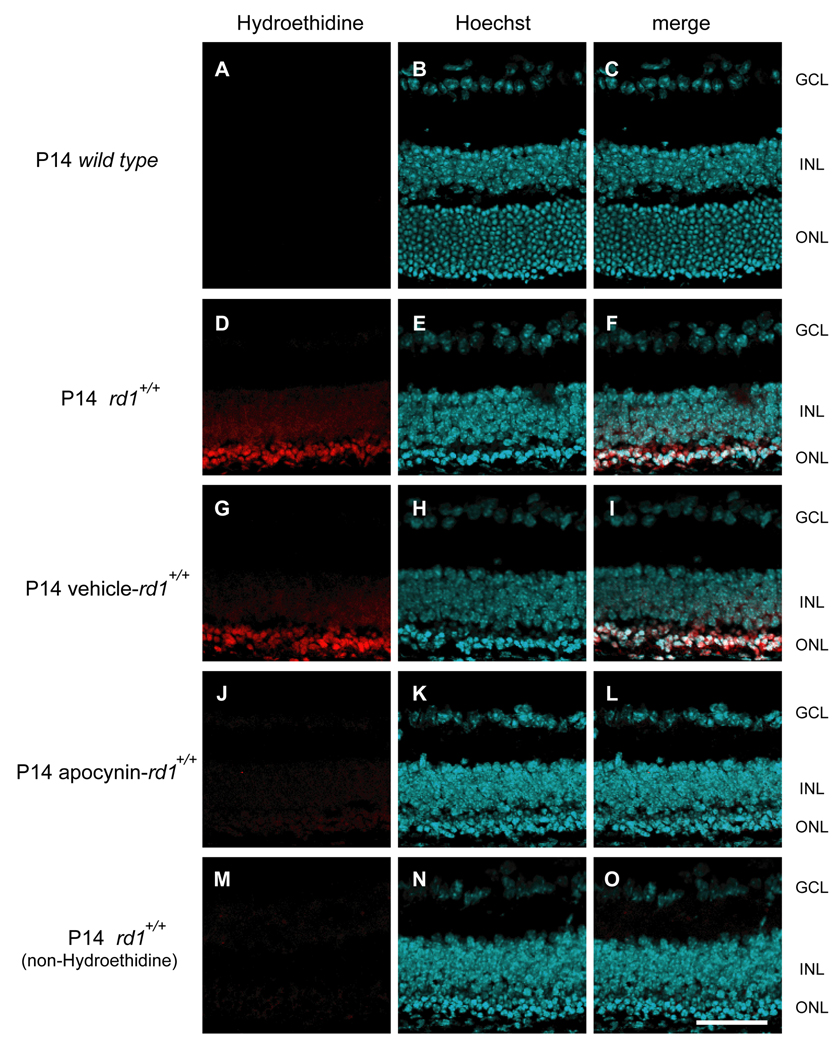Figure 1. Apocynin, an inhibitor of NADPH oxidase, reduces superoxide radicals in the retinas of rd1+/+ mice.
Rd1+/+ mice were given daily intraperitoneal injections of vehicle or vehicle containing 10mg/kg apocynin between postnatal day (P) 11 and P14. At P14, wild type mice, untreated rd1 mice or those treated with vehicle or apocynin (n=4 for each) were given two intraperitoneal injections of 20 mg/kg hydroethidine thirty minutes apart and after 18 hours they were euthanized and ocular sections were examined by confocal microscopy as described in Methods. There was minimal fluorescence in the retinas of wild type mice (A–C), strong fluorescence primarily in the remaining outer nuclear layer of the retinas of rd1 mice (D–F) and vehicle treated rd1+/+ mice (G–I), and minimal fluorescence in the retinas of apocynin treated rd1+/+ mice (J–L) or rd1+/+ mice that were not injected with hydroethidine (M–O). This demonstrates that NADPH contributes to the accumulation of superoxide radicals that occurs in the outer retina of rd1+/+ mice after rods have degenerated. Scale bar=50 µm

